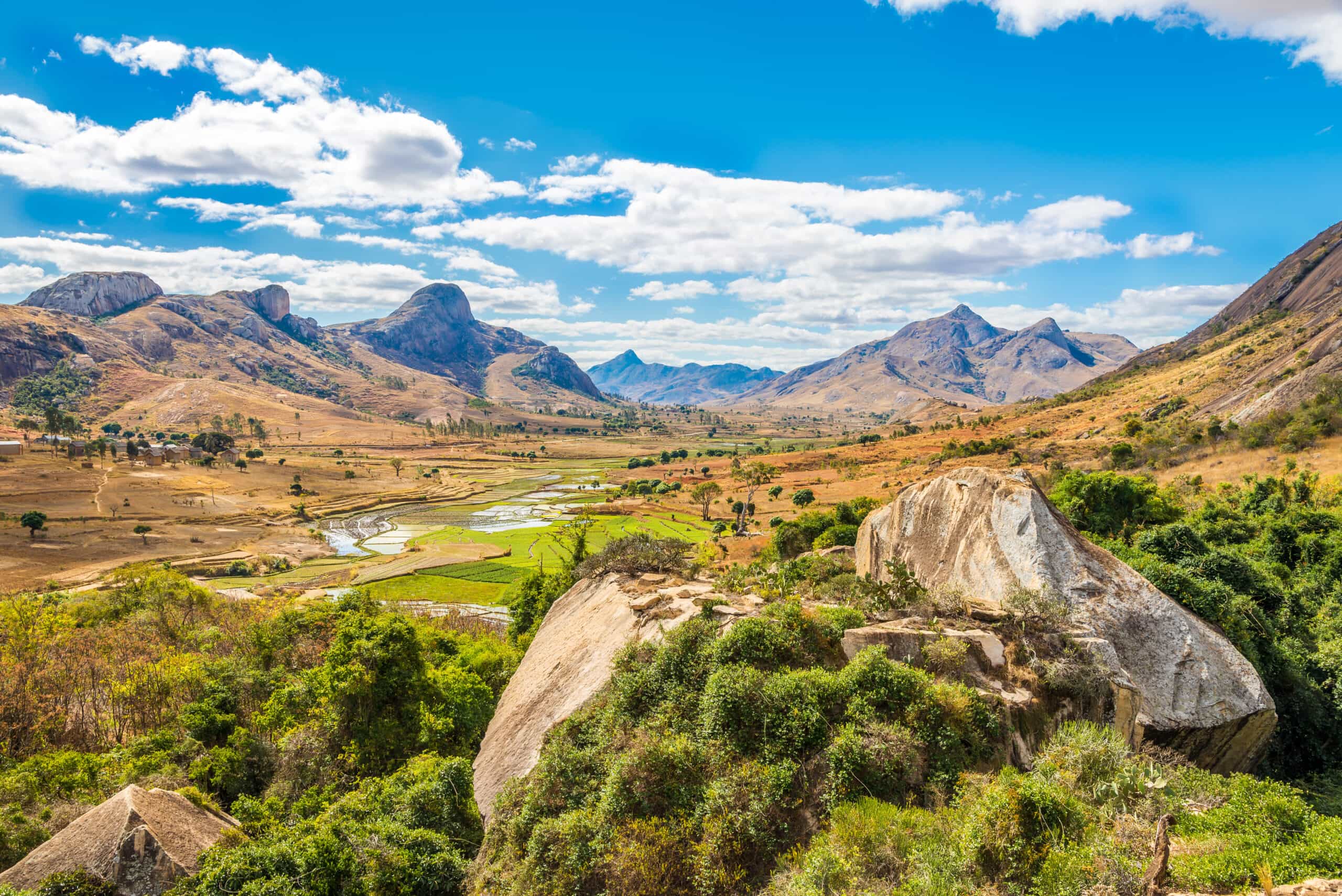Nicaragua local expert interview: travel tips you should not miss
March 24, 2025

Hilary Bradt, best known for the Bradt Travel Guides range of books, is a travel industry veteran. Launched in 1973, Bradt Travel Guides have become synonymous with off the beaten track experiences. Offering local insight and advice, the books take travelers far beyond the average tourist itinerary and help them to immerse themselves in the culture of their destination. From the remote villages of Madagascar to the soaring peaks of the Andes, Hilary’s travel experiences are enough to inspire anyone to hit the open road! read our Hilary Bradt interview to discover what inspires her, the importance of local knowledge and how Bradt Guides has evolved over the years.

My first trip abroad without my parents was as a student in 1961. I went to Greece with a couple of friends, and I think the exhilaration of traveling independently, seeing what we wanted to see, and hitchhiking gave me the taste for the exotic. And Greece, in those days, was very exotic. That curiosity about other places led me further and further afield.
I just love the adventure of traveling off the beaten track. The first guide came about because my (then) husband and I had been backpacking in the Andes, exploring the network of trails used by the locals to travel from village to village, and we realized that we had some unique information. In 1973 there was only one guidebook to South America, and that was the South American Handbook, aimed largely at business travelers. So we self-published a guide to backpacking in Peru, which included the first ever description of the Inca Trail. Since then I’ve never seen the point of publishing a guide to a place covered by other guidebooks.

The choice of author is crucial. Ideally, they live in the country or have recently lived there, and know it well. Local knowledge is essential. No foreigner knows everything about a country, so all authors seek information from the locals as much as possible, while bearing in mind that it may not always be accurate. In the developing world, superstition and folklore often shape the local knowledge of natural history. Fact checking is essential. We are conscientious in ensuring as much as possible that our authors have done their research and got their facts right. This editing process is one of the advantages of published guidebooks over internet information that has not been edited or checked.
Buy the Bradt guide! It’s such a richly varied country that you can’t really summarize it in tips. But I would say don’t try to see too much – it’s a huge island with poor infrastructure – and while luxury resorts are now opening up, this is still an emerging destination and travel does not always run smoothly.

It’s hard to know how to answer this one without writing an essay… there are so many memories I could choose! I wrote one of my most memorable experiences into a piece for Africa Geographic so that’s a good one to share. It focused on a day’s walk that I took in Andapa, Eastern Madagascar, and the isolated village communities I interacted with along the way. This was a truly incredible experience – the locals, while not well acquainted with tourists, were so friendly and welcoming. It was a cultural exchange in its purest form: swapping anecdotes and stories in broken fragments of one another’s languages.
I suppose the topsy-turvy world of North Korea, which I visited last September, would be the most surprising – both in the smiley people, even the officials, and the extraordinary deference paid to images and statues of the former leaders. And I think perhaps Guatemala is the country least influenced by western culture that I’ve visited. The customs and costumes were beautiful and extraordinary.

There must be lots of times, but my memory is drawing a blank. But there have been plenty of times where I was dependent on local advice. For example, when my husband George and I crossed the Darien Gap between Colombia and Panama on foot in 1978, there was absolutely no information available since it was considered too dangerous and difficult. So we traveled from village to village, sometimes on foot, sometimes by canoe, with the villagers helping us get to the next settlement, until we emerged in Panama after three weeks of seeing only these friendly, isolated indigenous people. It was a wonderful experience.
I’ve had a long term dream of going to Socotra, a remote island in the Arabian Sea with extraordinary flora. But I’m afraid that dream is further away than ever – it’s a dependency of Yemen.

If you have enjoyed this Hilary Bradt interview and want to hear more, check out her website or head over to Bradt Guides. Meanwhile, check out our trip ideas for Madagascar, Guatemala and Peru to begin your very own adventure with a customized itinerary from our local experts.
Join our mailing list for travel inspiration, trip recommendations, and insights from our local experts.